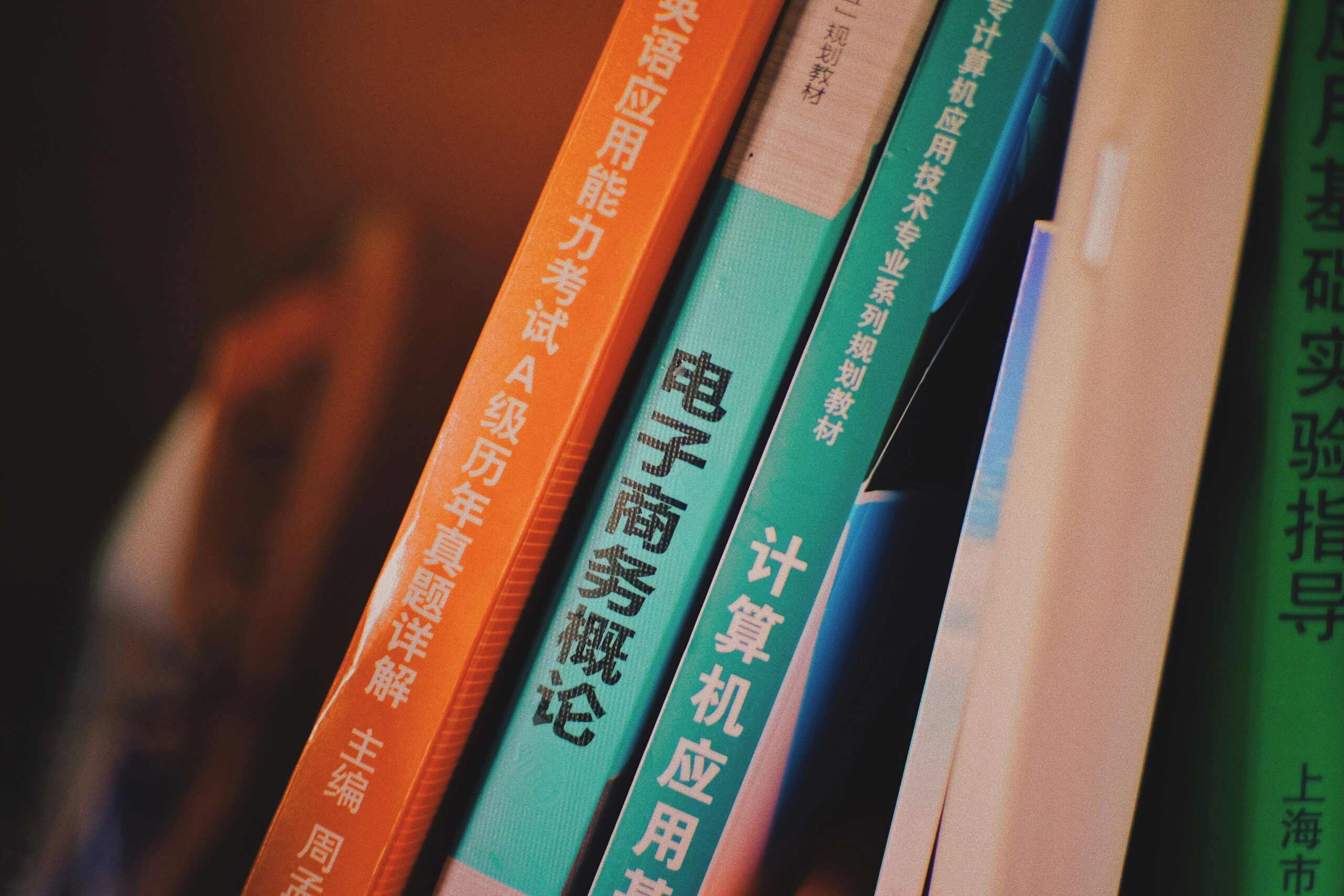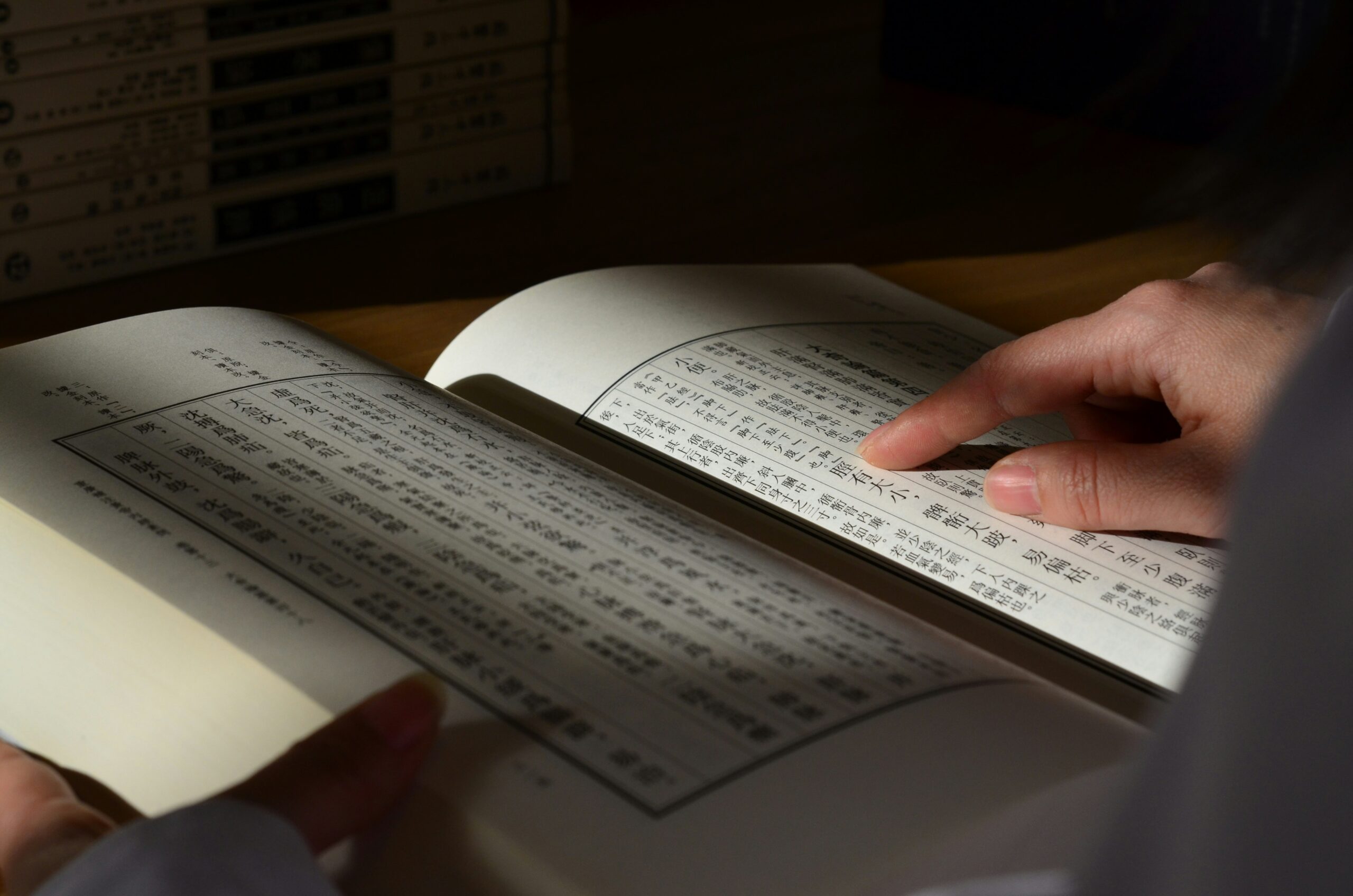When you first start learning Japanese, it’s easy to feel overwhelmed—new alphabets, unfamiliar sentence structures, and all those little particles that seem to appear out of nowhere. But here’s the truth: grammar is your best friend. It’s the backbone of everything you’ll read, write, and say in Japanese. Without it, you’re just memorising words with no way to connect them.
Trust me, I’ve been there too. I remember trying to form sentences with nothing but vocab and wondering why it wasn’t clicking. The answer? I needed grammar. And once I started understanding how it works, everything started to make sense. That’s why it’s so important to learn Japanese grammar!
This guide is designed to help you build that foundation from scratch—whether you’re aiming to pass the JLPT, write proper sentences, or simply hold a smooth conversation with a Japanese friend. Grammar might seem dry at first, but once you get into the rhythm, it’s actually pretty satisfying—and dare I say, fun?
Let’s break it down 👇

📚 Understanding the Basics of Japanese Grammar
Before diving into the more complex stuff, let’s get familiar with what makes Japanese grammar so different from English. Here are a few things that might surprise you:
🧩 Subject-Object-Verb Structure (SOV)
Unlike English (which follows Subject-Verb-Object), Japanese typically follows Subject-Object-Verb. That means the verb comes at the end of the sentence.
Example:
English – I eat sushi.
Japanese – 私は寿司を食べます。(Watashi wa sushi o tabemasu.) → I sushi eat.
At first, this can throw you off, but after a while, you’ll start predicting the verb at the end automatically. It’s just a different way of thinking.
🧷 Particles – The Glue of Japanese Sentences
Particles like は (wa), を (o), が (ga), に (ni), and で (de) are essential. They tell you what role each word is playing in a sentence—subject, object, direction, location, etc.
It can feel like there’s a lot to remember, but think of them like connectors—once you learn how to use them, your sentences will start to flow much more naturally.
🔢 No Plurals or Articles
Japanese doesn’t have separate words for “a” or “the”, and plurals are often implied rather than explicitly stated. For example:
- 猫 (neko) can mean cat or cats depending on context.
This might feel like a shortcut, but it actually helps you focus more on context and particles instead of overthinking article use.
🗣 Formal vs Casual Speech
One of the biggest differences in Japanese is how it changes depending on who you’re speaking to. You’ll learn polite forms (です/ます) first, and then move onto casual speech later. Don’t stress too much about casual forms in the beginning—get the basics down first and the rest will come naturally with time and exposure.
Next, we’ll talk about the best resources to study grammar effectively—including apps, books, and websites I personally recommend.

🧰 Best Tools & Resources for Learning Japanese Grammar
When it comes to learning grammar, you’ll want to have a solid mix of structured learning and fun practice. Here are the best tools I’ve used or come across in my journey so far—and trust me, I’ve tried a lot.
📖 Textbooks (For Structured Learning)
If you’re someone who likes a clear path to follow, textbooks are an amazing place to start.
- Genki I & II – These are the go-to for most beginners. The layout is clean, and the explanations are easy to understand. Each lesson teaches you new grammar points, vocab, and even includes listening practice and writing exercises.
- Minna no Nihongo – A bit more “Japanese-immersion” in its approach, this book is mostly in Japanese, so it can be challenging—but great for getting used to the language fast.
- Tae Kim’s Guide to Japanese Grammar – This free online guide is legendary. It explains grammar in a very logical, easy-to-digest way. It’s also available as an app.
These will give you the grammar foundation you need to feel confident writing and speaking in Japanese.
💻 Websites & Apps
Let’s be honest—we’re all glued to our phones. So why not make that time productive?
- Bunpro – Hands down one of the best apps for grammar. It uses spaced repetition (SRS) like Anki but specifically for grammar. You can follow the JLPT path (N5–N1), link your progress to Genki, and drill grammar points every day.
- Imabi – For intermediate and advanced learners, this site goes deep. The explanations can be long, but it’s a treasure trove of grammar knowledge.
- Wasabi Japanese Grammar – Another underrated gem. Their site breaks down grammar really cleanly and is great for reference.
📺 YouTube Channels
This is where learning becomes way more fun.
- Game Gengo – Easily one of the coolest grammar channels out there. It teaches grammar points using examples from games like Final Fantasy, Persona, Zelda, and more. You get context, voice acting, and real immersion—perfect for a gamer like me. They’ve got full guides for N5 and N4 grammar, and it’s honestly one of the most enjoyable ways to study.
- JapanesePod101 – This one’s a massive resource. Their YouTube channel (and app) offers everything from grammar breakdowns to listening practice, and even daily Japanese phrases. It’s great for beginners all the way up to intermediate learners. Their short videos make it super easy to absorb grammar during a quick break.
- Japanese Ammo with Misa – Her grammar breakdowns are detailed, natural, and packed with personality. She’s great at explaining tricky concepts in a way that actually makes sense.
- That Japanese Man Yuta – Yuta’s channel is a great blend of real-life Japanese and cultural insights. He interviews people on the street, which helps you hear how grammar is actually used in natural conversations. Plus, his explanations are clear and his tone is super approachable.
📝 Pro Tip: Mix and Match!
Don’t feel like you have to stick to just one resource. I personally used Genki alongside Bunpro and Game Gengo, and that combo worked wonders. The textbook gave me structure, Bunpro drilled it into my head, and Game Gengo made it actually fun.

🧠 How to Practice Grammar Effectively (Without Burning Out)
Okay, so you’ve got all these tools… now what?
Learning grammar isn’t just about reading and hoping it sticks—you’ve gotta use it, repeat it, and most importantly, enjoy the process. Here’s how I’ve kept grammar study consistent without losing my mind 🤯👇
🔁 Use Spaced Repetition Systems (SRS)
Apps like Bunpro or Anki are built on spaced repetition, which means you’ll review grammar just before you forget it. This method is scientifically proven to boost retention. You only need 10–15 minutes a day, and it makes a massive difference over time.
✍️ Write Simple Sentences Daily
Don’t underestimate the power of writing your own example sentences. Even just 2–3 a day helps lock grammar into your long-term memory.
For example:
- 今日は暑いですね。
(It’s hot today, isn’t it?) - ゲームをしながら日本語**を勉強します。
(I study Japanese while playing games.)
You can even message Japanese friends using what you’ve learned (just be sure to ask them if your grammar sounds natural!).
📖 Read Easy Japanese Material
Use graded readers, manga, or game scripts to spot grammar in action. When you see a grammar point you’ve studied appear in something you enjoy, it sticks way better.
Some examples:
- Try reading Pokémon dialogue in Japanese.
- Play a JRPG like Tales of Vesperia with Japanese subtitles.
- Look for patterns like 「〜たい」 or 「〜ている」 in the speech.
🎧 Listen Actively
Passive listening is okay, but active listening is key for grammar.
Try this:
- Watch a YouTube video or anime scene with Japanese subtitles.
- Pause after each sentence.
- Try to identify grammar points.
- Repeat them out loud.
This technique helps you connect written grammar to spoken Japanese, which is super important for fluency.
🔄 Rotate Your Resources
It’s easy to get bored if you do the same thing every day. Mix it up!
- Monday: Bunpro + YouTube
- Tuesday: Genki + Sentence writing
- Wednesday: Immersion + Podcast
- Thursday: Anki + Reading practice
- Friday: Watch Game Gengo + Try to write what you learned
The key is consistency, not perfection 💪

🗣️ How Grammar Helps Your Speaking and Writing
Let’s be real—knowing words isn’t enough.
I remember when I first started out, I could understand a bunch of vocabulary from anime, games, and flashcards… but when it came time to form a proper sentence or respond in conversation, I froze. Why? Because I didn’t understand how the words fit together.
This is where grammar becomes your best friend.
🧩 Grammar Gives Structure to Your Sentences
Think of grammar as the scaffolding of the Japanese language. Words are like bricks, but without structure, they collapse into a confusing pile.
For example:
- Just knowing the word 勉強 (study) doesn’t help much unless you know how to say:
- 勉強したい (I want to study)
- 勉強している (I am studying)
- 勉強しなければならない (I have to study)
These nuances come entirely from grammar.
✍️ Writing Practice Becomes Meaningful
Once you’ve got some core grammar down, writing transforms from guessing into actual self-expression.
Let’s say you want to write a journal entry in Japanese. Instead of saying “study. today. Japanese. hard.”, you can say:
今日は日本語を一生懸命に勉強しました。
(Today, I studied Japanese really hard.)
Feels pretty cool, right? 😄
And when you post in a language exchange app or message a Japanese friend, it’ll be easier to form complete sentences and sound more natural.
🗣️ You’ll Sound More Fluent When Speaking
Japanese grammar teaches you how to express yourself clearly, and it shows native speakers that you’re serious about learning.
With grammar in your toolkit, you can say things like:
- ゲームが好きだけど、今は勉強しなきゃいけない。
(I love games, but I have to study right now.)
Or:
- アニメを見て、日本語の文法を復習しました。
(I reviewed Japanese grammar by watching anime.)
That’s way more impressive than stringing random nouns and verbs together.
💬 It Helps You Think in Japanese
The more you use grammar, the more you start to think in Japanese word order, like:
Subject → Time → Object → Verb
Instead of translating from English, you’ll just know that:
“I ate sushi yesterday.” becomes
私は昨日すしを食べました。
It becomes second nature—and that’s when speaking and writing become natural and fun.

🧠 Final Thoughts
Japanese grammar might feel intimidating at first, but the truth is: you don’t need to learn it all at once. Whether you’re studying for the JLPT, writing journal entries, or simply trying to talk with Japanese friends, grammar is the glue that holds everything together.
Think of it like leveling up your character in an RPG—you start with the basics, gain new skills, and unlock more advanced moves as you go. And sure, you’ll get things wrong sometimes (we all do), but that’s how real progress is made!
So don’t stress. Just keep showing up, keep learning, and keep practicing. You’ve got this 💪

🔗 Related Guides

Good work my friend 😊